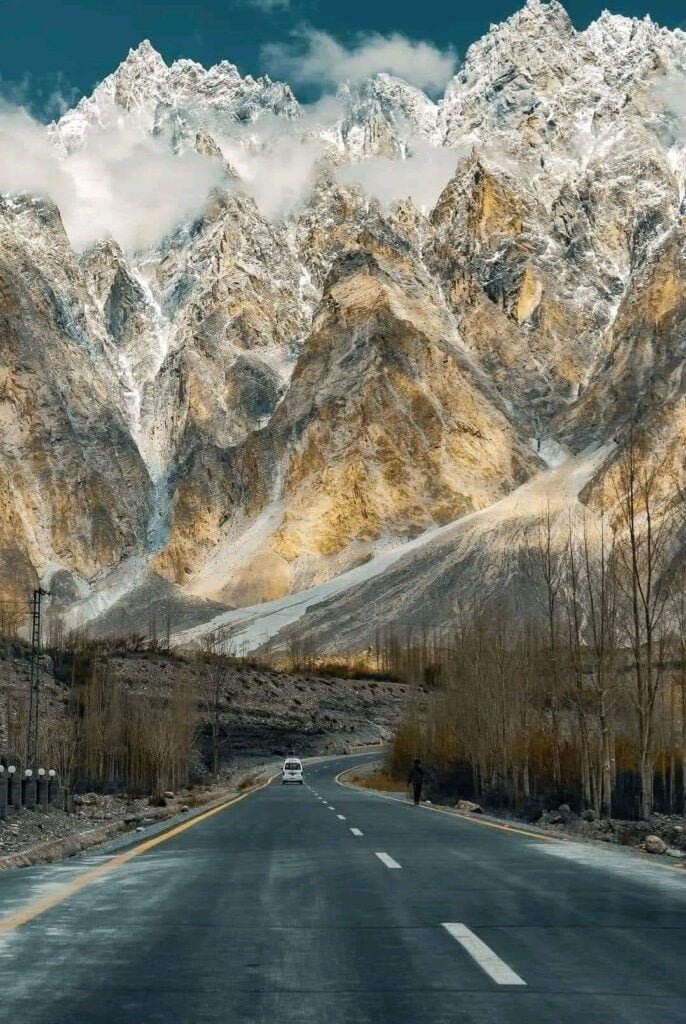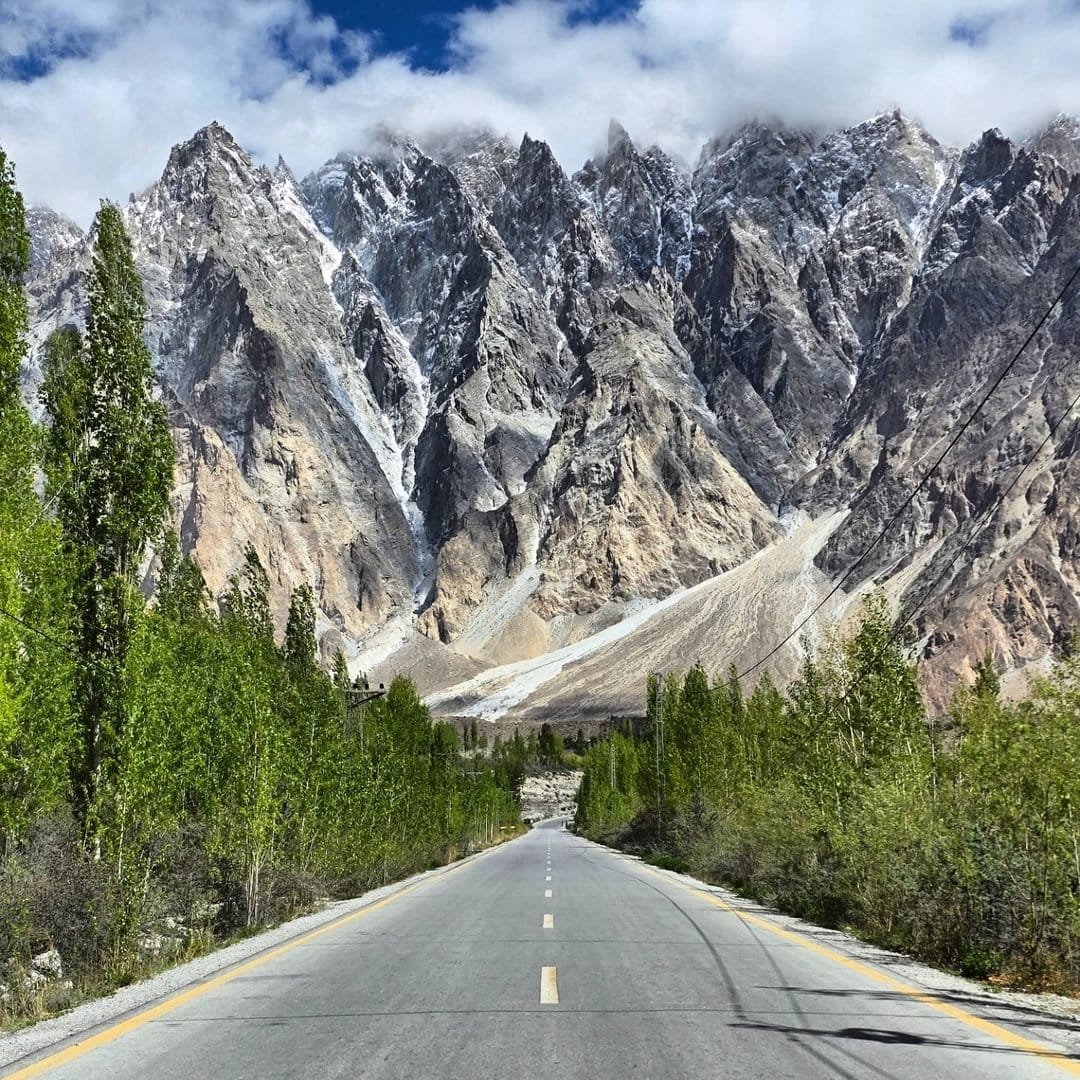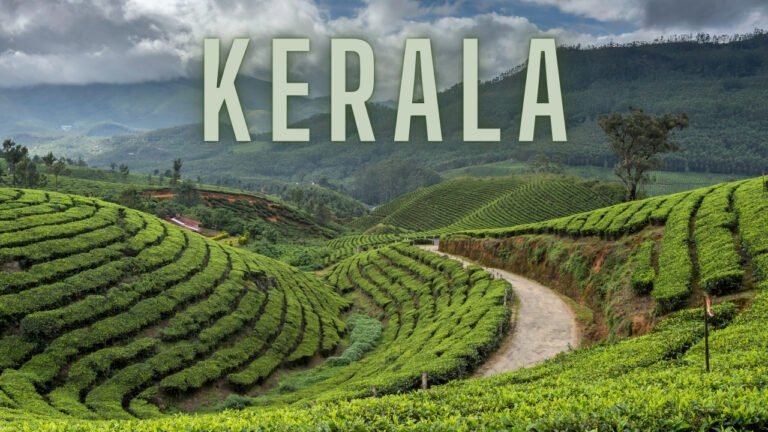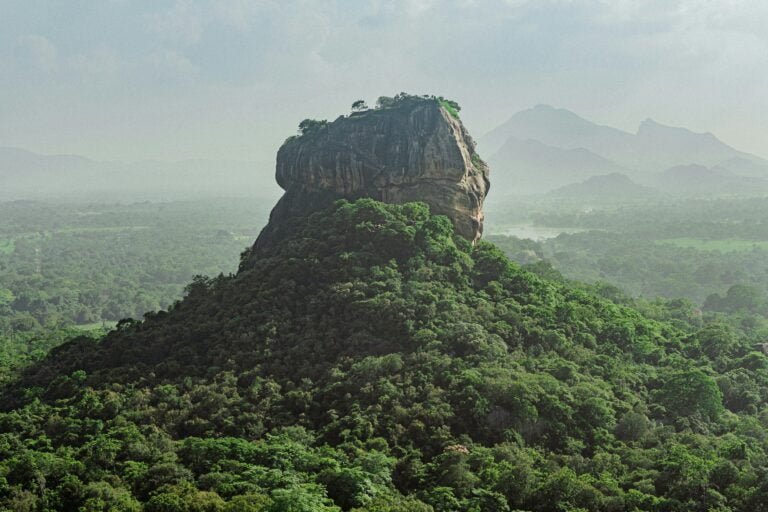The Karakoram Highway (KKH) is a 1300 km long route stretching from the Punjab province of Pakistan to Khunjerab in Gilgit-Baltistan. Known as one of the longest paved roads in the world, it has been repeatedly acclaimed as one of the most beautiful and captivating roads globally.
Often referred to as the “8th Wonder of the World,” the Karakoram Highway stands as a testament to human ingenuity and perseverance. The creation of this road, which was considered nearly impossible, required the tireless efforts of the Pakistan Army and Chinese engineers from 1966 to 1979. They blasted through iron-hard mountain rocks with dynamite to carve out this extraordinary path.
A Journey Through Beauty and Danger
The Karakoram Highway is renowned for its stunning beauty. Words and pictures can hardly capture the sheer magnificence of this route. The road winds through the Karakoram and Himalayan mountain ranges, offering breathtaking views of some of the world’s highest peaks. The journey reveals blue, green, and even pink lakes, surrounded by verdant hills, rocky brown cliffs, and snow-covered towns. In winter, the landscape transforms into a milky white wonderland as temperatures plunge to -20 to -30 degrees Celsius.
The highway passes several of the world’s tallest mountains, with average elevations of 5,000 to 6,000 meters. Towering giants like Mount Nanga Parbat and Rakaposhi, reaching heights of 7,000 to 8,000 meters, loom over the road, adding to its dramatic scenery.
One of the highest points of the highway is the Babusar Pass in Khyber Pakhtunkhwa province, standing at an altitude of 4,714 meters. This makes the Karakoram Highway the highest-paved international road in the world. Imagine driving halfway up the height of Mount Everest (8,848 meters) and witnessing clouds flowing beneath you – a truly unforgettable sight.
Highlights Along the Highway
A notable section of the highway is the Passu Cones, located near the Hunza region in Gilgit-Baltistan. This area is famous for its strikingly pointed peaks that seem to remain distant no matter how far you travel. The optical illusion of never reaching these mountains adds to the enchantment of the journey.
Despite its remote and often uninhabited surroundings, the Karakoram Highway is dotted with residential hotels and local ethnic communities, offering a glimpse into the traditional lifestyles of the indigenous tribes. The local cuisine is another highlight, known for its unique and delicious flavors.

Navigating the Highway: Beauty Meets Danger
While the Karakoram Highway is stunning, it also presents challenges. Some sections of the road are narrow, with steep drops of several thousand feet. These treacherous stretches require cautious driving, but the breathtaking views make it worth the effort.
Connecting Two Nations
The Karakoram Highway serves as a critical link between “North Pakistan,” often dubbed the “Switzerland of Asia,” and the rest of the country. It connects various parts of Khyber Pakhtunkhwa and Gilgit-Baltistan, including Hunza and Skardu, some of Pakistan’s most beautiful tourist destinations. The highway also extends to China’s “Road-314” across the border, facilitating travel between the two nations.
A Must-Visit Destination
In essence, the Karakoram Highway is the lifeline for travel in northern Pakistan. Every year, countless tourists flock to Pakistan to experience this engineering marvel and its mesmerizing landscapes. The Karakoram Highway is not just a road; it’s a journey through some of the most spectacular scenery on Earth, a testament to human endurance, and a symbol of international collaboration.
So, whether you’re an adventurer, a nature lover, or a history enthusiast, the Karakoram Highway promises an unforgettable journey through one of the world’s most remarkable landscapes.





